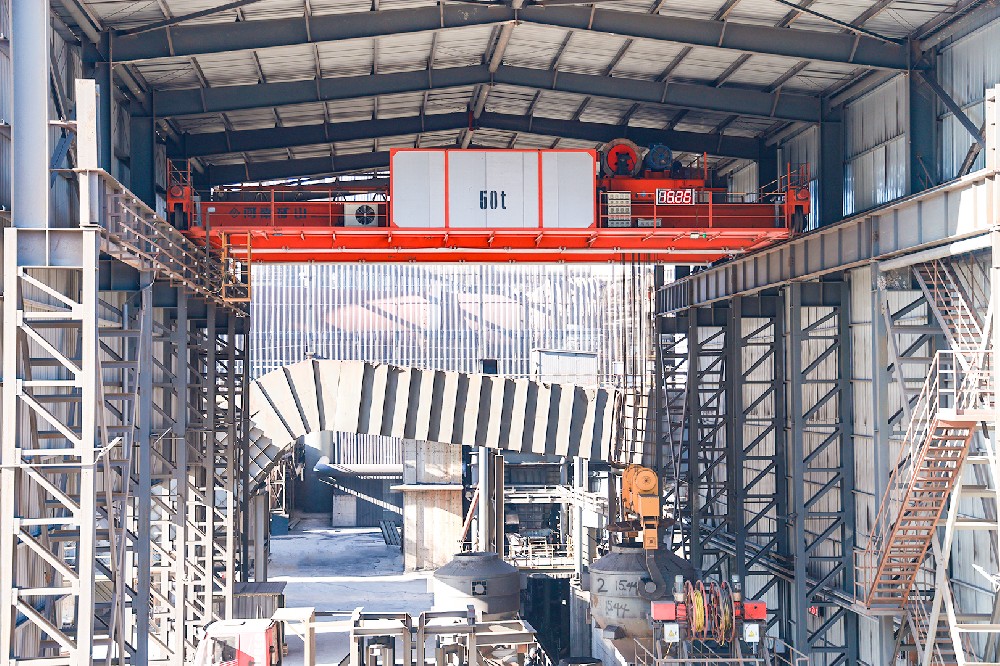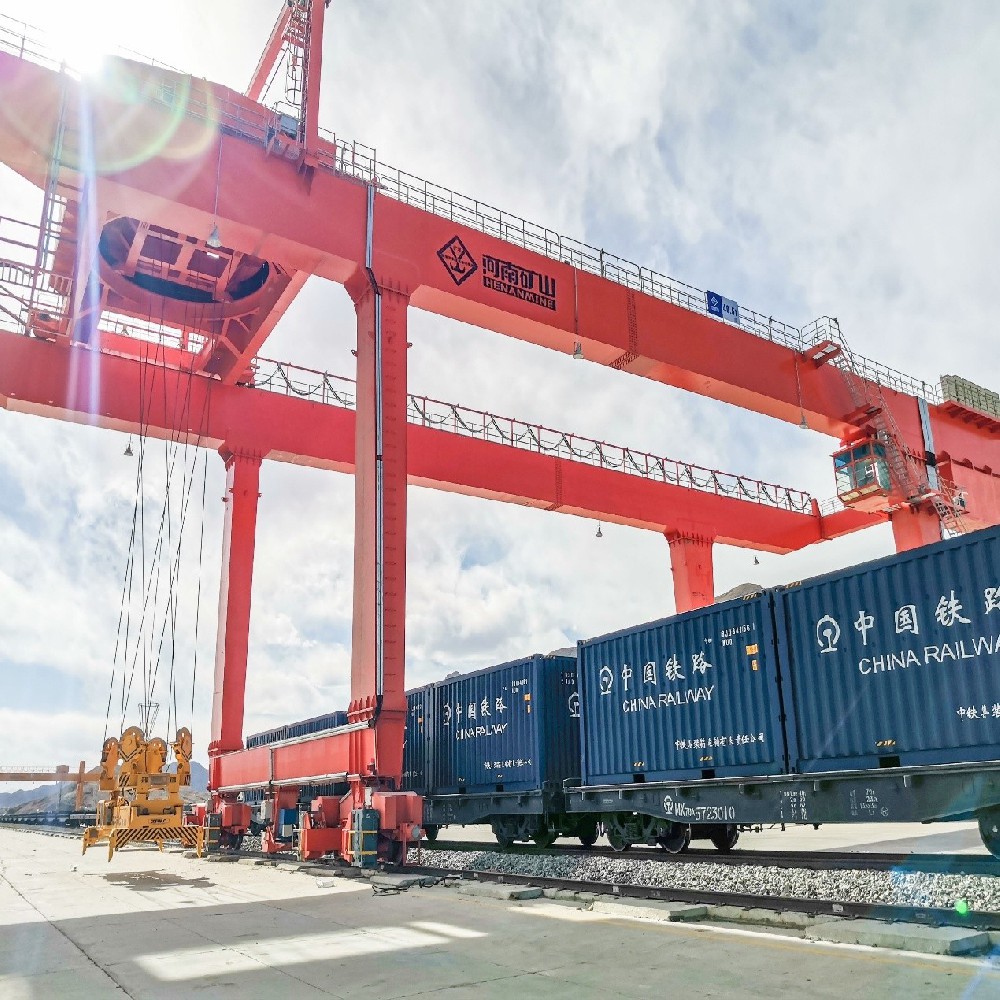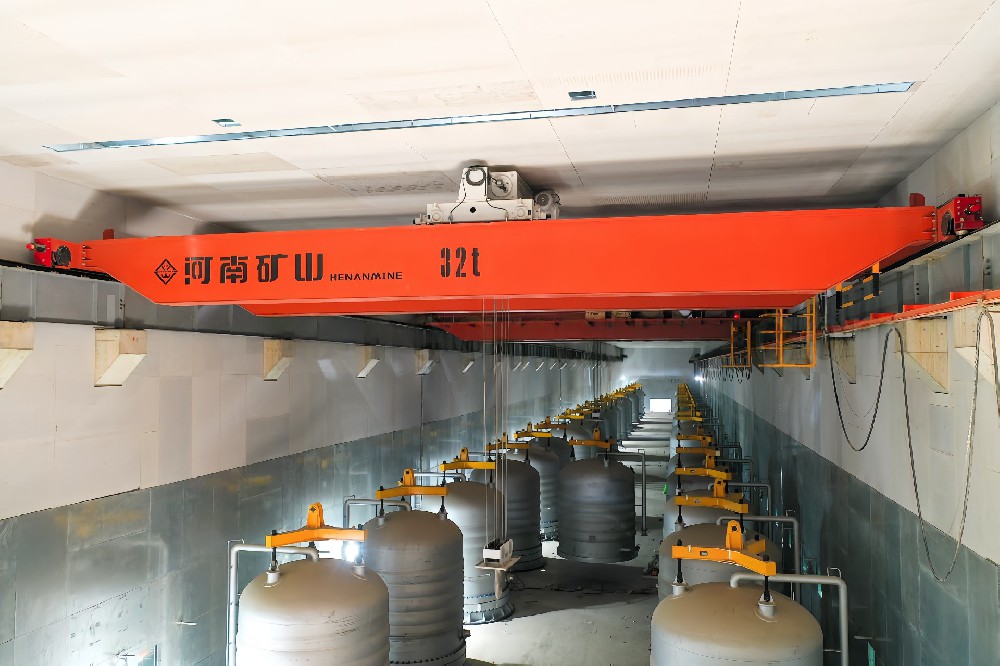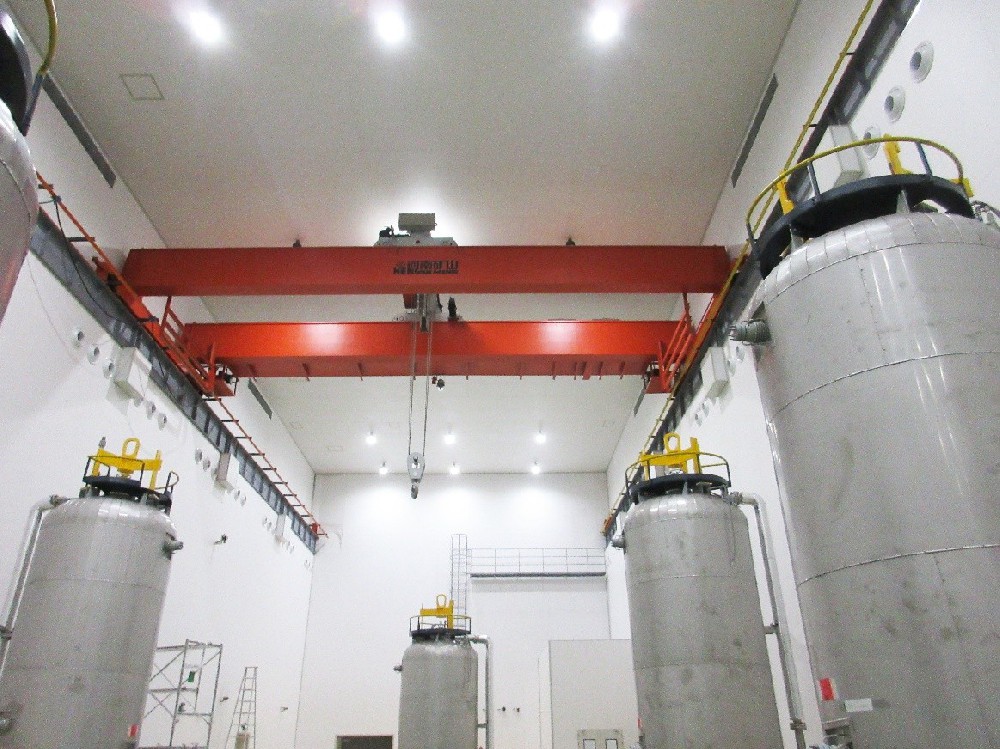- Selection Guide for Double-Girder Bridge Cranes in Chemical Plants: Scientific Decision-Making for Precise Production Needs
-
ran Zi:2025-10-29 10:37:08ed b:
Here's a guide to picking the right double-girder bridge cranes for chemical plants: Scientific Decision-Making for Accurate Production Requirements
As the main material handling equipment in the chemical industry, choosing double-girder bridge cranes has a big impact on production safety and efficiency. This article looks at the main selection criteria and application classifications for chemical scenarios, helping businesses to make the right decisions.
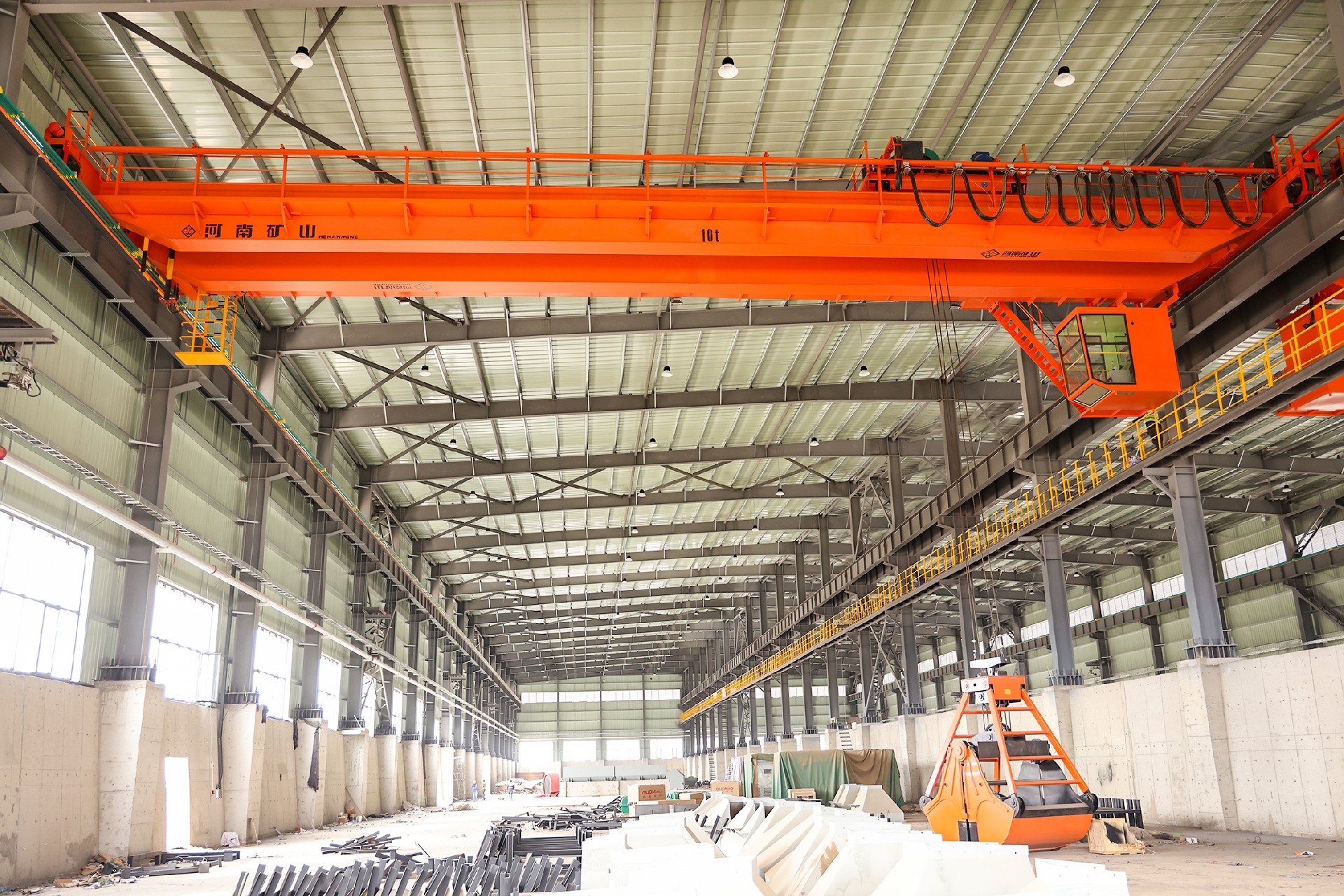

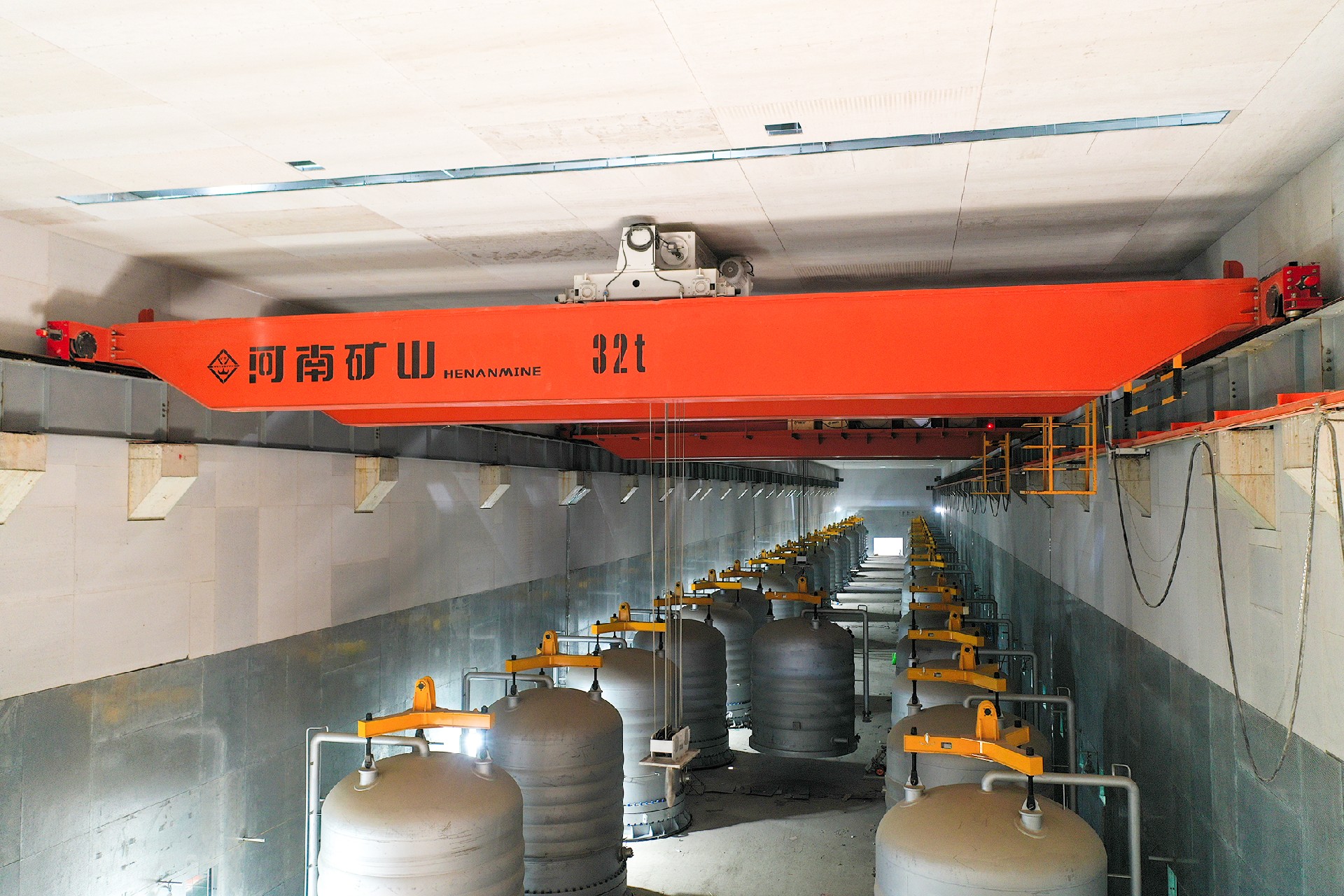
I. Chemical Production Scenarios and Core Requirements for Bridge Cranes
Chemical production environments are both high-risk and complex. So, cranes need to meet the following core requirements:
1.
It's also explosion-proof and resistant to corrosion. If you're working in an environment where there's a risk of acid or alkali corrosion, or flammable or explosive gases, you'll need to make sure that the equipment you use has explosion-proof motors, anti-corrosion coatings and insulation protection (like galvanised or epoxy coatings).
2. Precision control: Tasks like reactor lifting and catalyst feeding need lifting speeds of 0.5-5 metres per minute and anti-sway functions.
3. High Reliability: It's really important to have redundant designs in place (like dual braking systems and over-hoist limiters) to prevent accidents caused by leakage.
II. So, this is about how bridge cranes are sorted into different types, and we're also going to take a look at how they're used in the chemical industry.
| Type | Structural Features | Typical Chemical Applications | Technical Advantages |
| General-purpose Bridge Crane | Double-girder box structure, standard main/auxiliary hooks | Raw material warehouses, packaging workshops | Lifting capacity: 5–550 tons Span: 7–34 meters |
| Explosion-proof Bridge Crane | Fully explosion-proof motors + non-sparking materials | Solvent tank farms, nitration reaction workshops | Complies with Ex d IIC T4 explosion-proof rating |
| Insulated Bridge Crane | Insulation modules between hooks and wire ropes | Electrolysis workshops, chlor-alkali production sections | Blocks current conduction, prevents electrolyte corrosion |
| Metallurgical Casting Crane | Dual-trolley coordination for enhanced mechanical strength | Large reactor handling, molten salt furnace maintenance | Working class A7/A8, high-temperature resistant |
III. The five-parameter technical framework for making selection decisions
1. Calculating the right lifting capacity and span
The main hook capacity is equal to the reactor weight multiplied by 1.25 and then added to the safety factor.
The span is determined by the column spacing in the plant building, and you need to allow for a 0.5 m buffer distance (e.g., for a 24 m column spacing, select a 23.5 m span crane).
2. Getting the work class in sync with the production rhythm
For continuous production workshops (e.g. polymerisation sections), the class needs to be at least A6 (with an average daily operation of at least 10 hours).
For intermittent maintenance scenarios: A3-A5 class (2-5 hours on average each day) Explosion-proof and corrosion-resistant certification
Explosive gas environments: The machine needs to be fully explosion-proof certified (e.g. ATEX/IECEx).
For acidic environments: Crane metal structures have to pass a salt spray test for at least 720 hours.
4. Here are the advanced intelligent functionality requirements:
- A precision positioning system (with an error margin of ±1mm) for feeding the catalyst
- Real-time load monitoring to prevent accidents caused by overload
5. Easy to look after
The electrical cabinet is made in a way that makes it easy to release and replace parts, so you won't be left in a lurch if something goes wrong.
It's got a trolley travel mechanism with centralised lubrication interfaces.
IV. A guide to the most common mistakes in the chemical industry and how to avoid them.
1. I've got a bit of a misunderstanding. We tend to focus on how much weight something can hold instead of how well it can resist rust. This can have consequences, though. Just to let you know, there's been a crane failure due to corrosion in a chlor-alkali workshop within the last three years.
Correction: Coastal chemical plants have to use H-grade corrosion-resistant coating (which protects for at least 15 years).
2. Misconception: So, if you replace general-purpose models with explosion-proof ones, then you'll get a different result. Flash fire caused by lifting operations at the ethanol tank farm
Correction: You have to use explosion-proof cranes in Zone 1/2 explosion hazard areas.
3. Misconception: If you fully configure factory columns to span width, then the consequence is: Just to let you know, there was a gantry collision with columns during operation.
Correction: Span calculation formula: The factory span is 2× safety clearance.
V. Here's the lowdown on our full lifecycle cost optimisation strategy.
1. Preliminary Configuration Plan:
Pick the variable frequency control + energy feedback system to cut energy use by 30%.
Dual-trolley cranes (main hook lifts load + auxiliary hook balances) mean you don't need to lift large reactors as often.
2. Post-installation Maintenance Management:
Sign all-inclusive maintenance contracts that are billed by operating hours.
Set up wire rope/brake early-warning replacement mechanisms (e.g. replace them after >100,000 lifts).
Selection is strategy; safety is profit.
Chemical bridge double-girder crane selection must go beyond equipment parameter surfaces to address three core requirements: The design is safe and has some extra layers of protection. It's also pretty versatile and easy to use.
We recommend working with equipment suppliers to use 3D operational simulations to check lifting paths and emergency protocols in virtual environments. This helps to make sure that the uncertainties in chemical production are kept to a minimum.
Industry Frontier Trend: By 2025, AI-powered obstacle avoidance systems and digital twin maintenance platforms will be standard for bridge cranes in ethylene projects being set up for the first time, making it possible to predict faults with 92% accuracy.
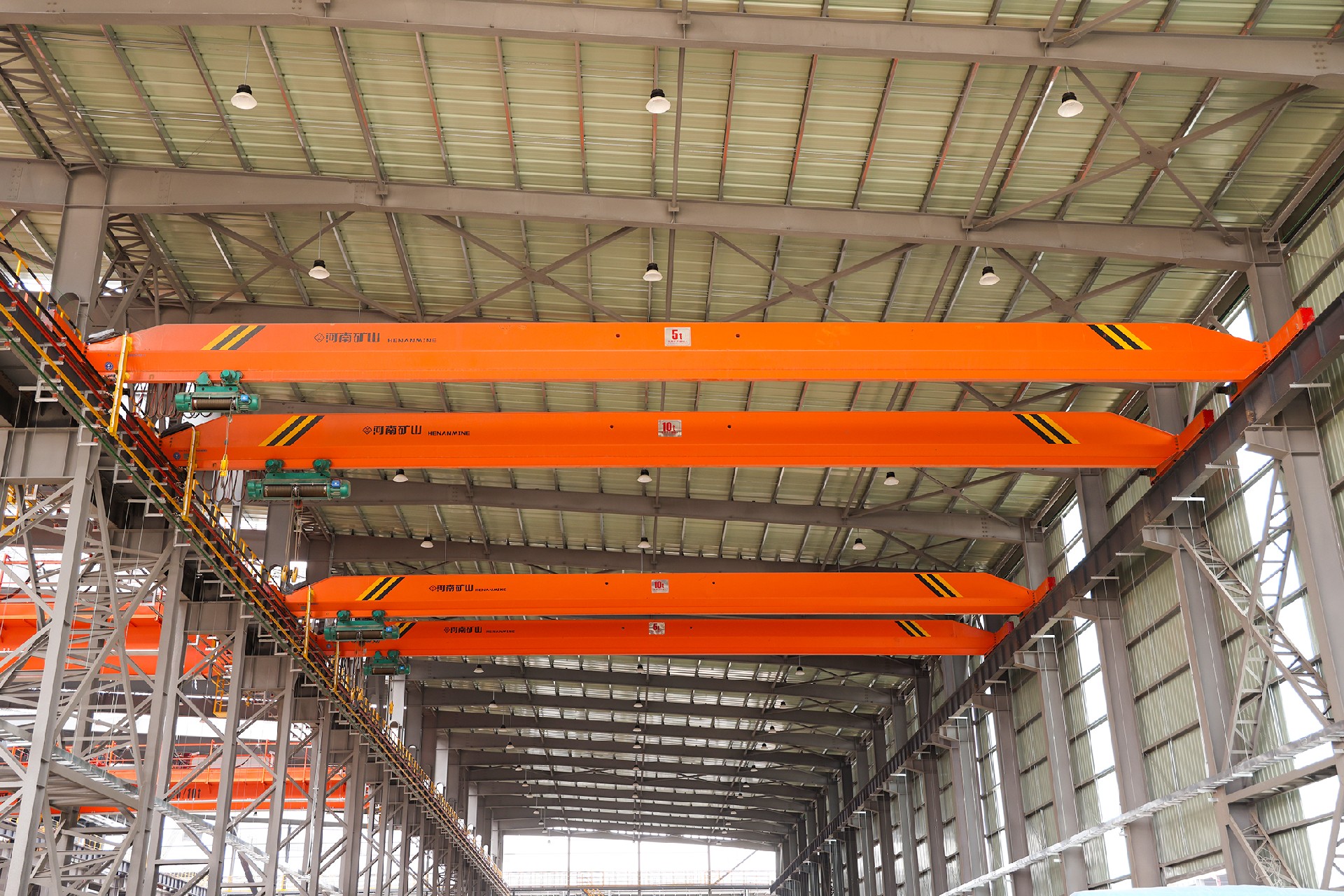

As a top global supplier of cranes, Henan Mine Crane has a wide range of products from 5 to 500 tons. We'll provide custom designs based on site drawings, load characteristics and environmental parameters. Our full lifecycle services offer all-in-one solutions, from site surveys and design planning to installation and commissioning, plus regular maintenance.
Email:infocranehenanmine.com

